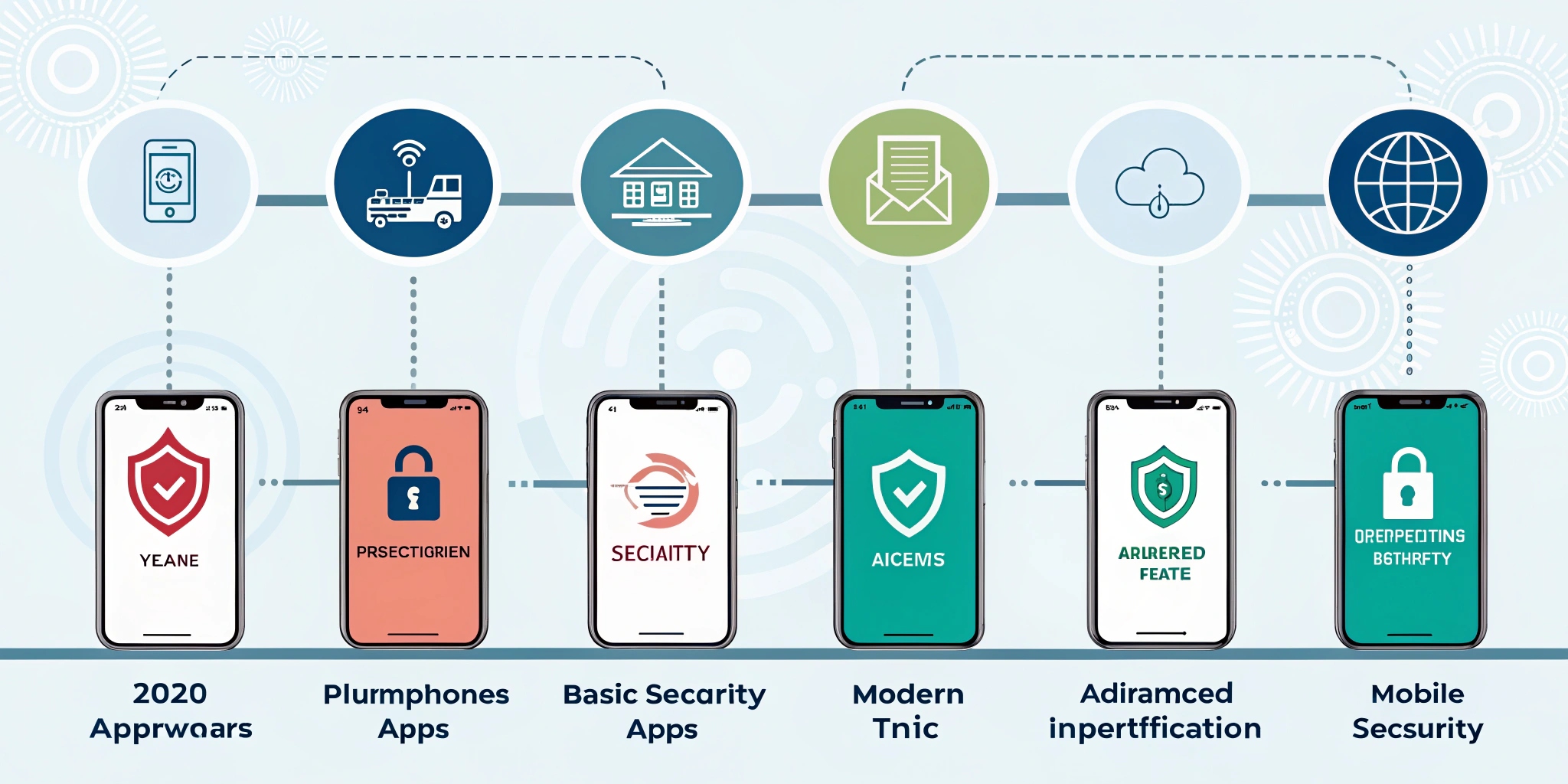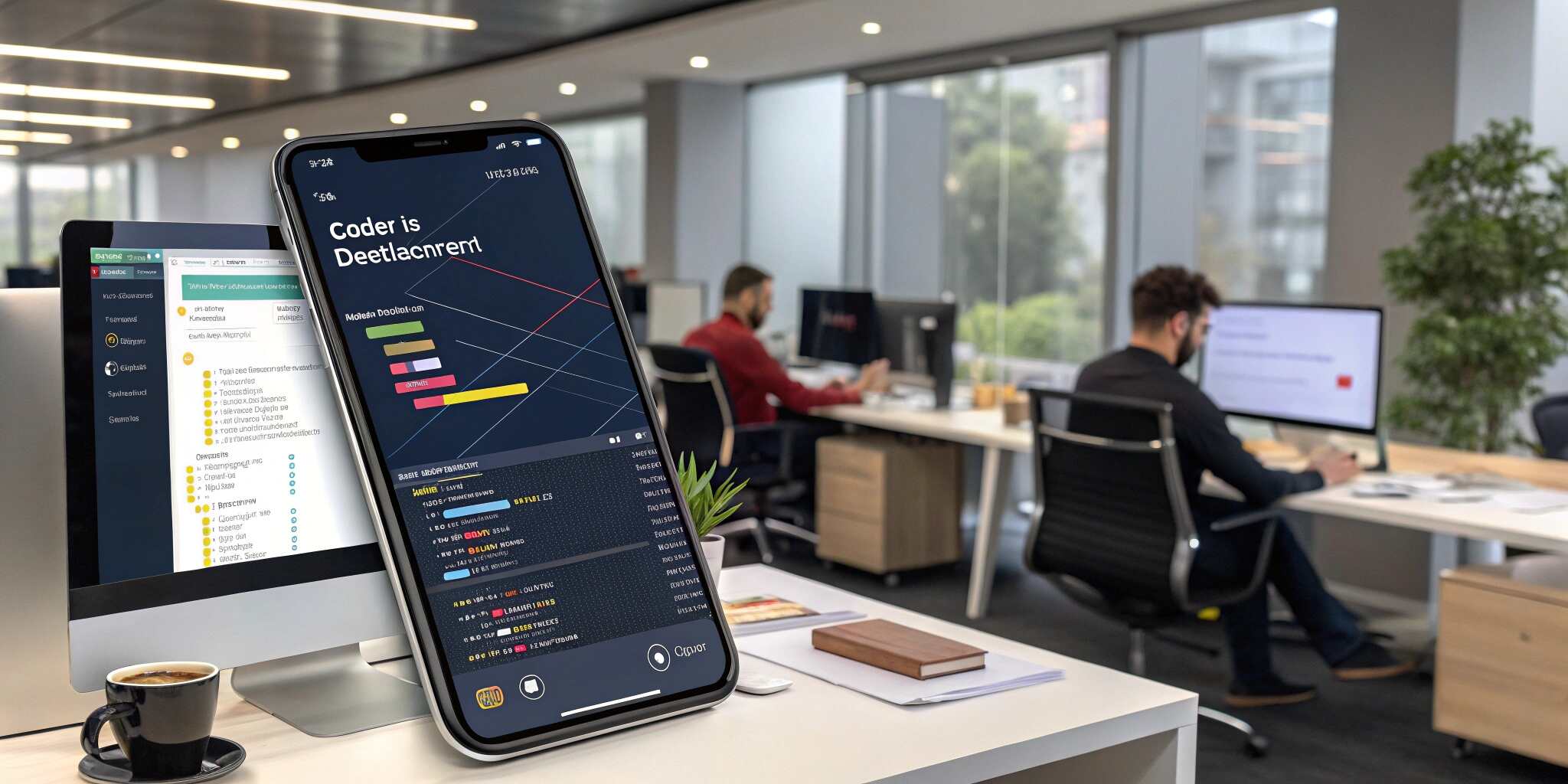Introduction
Over the past decade, mobile app security has undergone a dramatic transformation. What once began as basic protection mechanisms like PINs and simple encryption has now evolved into a sophisticated framework of multi-layered defenses. With mobile devices becoming the primary gateway to digital experiences, ensuring app security has never been more critical.
Early Stages: The Birth of Mobile App Security
In the early days of mobile technology, security was often an afterthought. Most apps stored sensitive data locally with minimal encryption, and authentication methods were basic at best. Hackers exploited these weaknesses to access user information, install malware, and intercept communications. As smartphones became integral to personal and professional life, developers realized the urgent need for stronger security measures.
The Rise of Encryption and Secure Communication
As cyber threats grew, the introduction of stronger encryption protocols like SSL/TLS became standard practice. Developers began encrypting both stored and transmitted data to protect users from eavesdropping and data breaches. HTTPS became mandatory for secure communication, setting a new baseline for trust between users and applications.
The Integration of Biometric Authentication
Biometric authentication — using fingerprints, facial recognition, or voice — represented a significant leap forward in mobile app security. Unlike passwords, biometric data is unique to each individual, adding a strong layer of protection. This innovation not only improved security but also enhanced user convenience, reducing the friction associated with complex password systems.
AI and Machine Learning: Predictive Security
The latest phase in the evolution of mobile app security involves artificial intelligence (AI) and machine learning (ML). These technologies enable real-time threat detection, anomaly identification, and automated incident response. AI-driven tools analyze user behavior to detect suspicious activity, preventing potential attacks before they occur. This proactive approach marks a significant advancement over traditional reactive security systems.
The Shift Toward Zero-Trust Architecture
Modern mobile app ecosystems are increasingly adopting a zero-trust model, which operates on the principle of “never trust, always verify.” Every user, device, and network request is continuously authenticated and authorized. This minimizes the risk of breaches, especially in enterprise applications where data sensitivity is high.
Regulatory Compliance and Privacy-First Design
Governments and organizations worldwide have introduced strict data protection regulations like GDPR, HIPAA, and CCPA. These laws require app developers to adopt privacy-first design principles and ensure transparent data usage. Compliance not only protects users but also enhances brand reputation and trust.
The Role of DevSecOps in Modern Development
Security is no longer an isolated phase in app development—it’s integrated throughout the lifecycle via DevSecOps. This approach embeds security checks, automated scanning, and code reviews within continuous integration and deployment (CI/CD) pipelines. As a result, vulnerabilities are detected early, reducing risk and cost.
Future Trends: Quantum Security and Blockchain
Looking ahead, technologies like quantum encryption and blockchain are poised to revolutionize mobile app security. Quantum cryptography offers near-impenetrable encryption, while blockchain ensures transparent, tamper-proof data handling. Together, these technologies may redefine digital trust for the next generation of mobile applications.
Conclusion
The evolution of mobile app security reflects the ongoing battle between innovation and threat. From the simplicity of early mobile protection to the complexity of today’s AI and zero-trust systems, security has become an inseparable part of app development. As mobile technology continues to advance, developers must remain vigilant, embracing emerging tools and best practices to protect users in an increasingly connected world.


